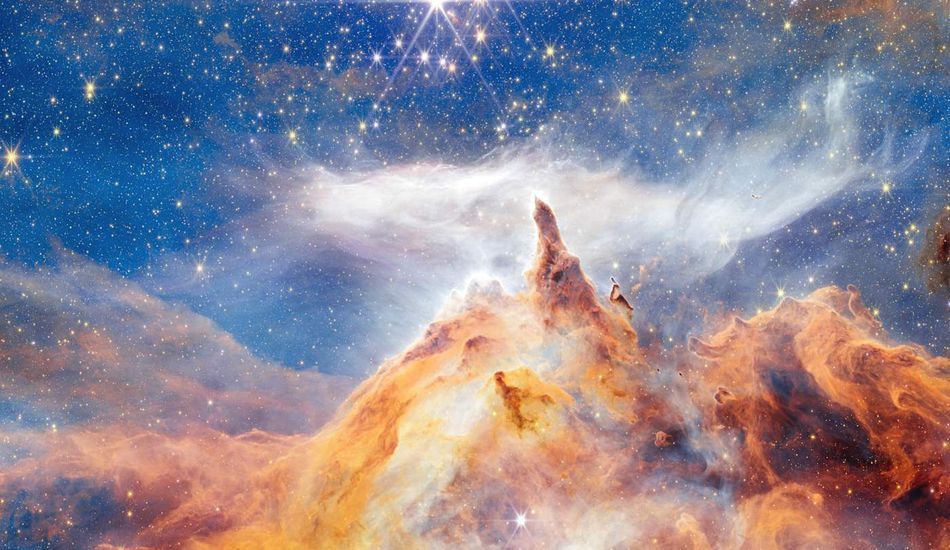
Webb Captures Stunning Star Formation in Lobster Nebula's Pismis 24
The James Webb Space Telescope has done it again! This time, it's given us a breathtaking view of Pismis 24, a young star cluster nestled within the Lobster Nebula. Located roughly 5,500 light-years away in the Scorpius constellation, this stellar nursery is a hotbed for massive star formation. When I first saw the image, I was struck by the sheer beauty and complexity of it all.
What looks like a celestial dreamscape is actually a region where stars are born. The image, captured in infrared light by Webb's NIRCam, showcases swirling dust and infant stars in incredible detail. The heart of the cluster, Pismis 24-1, is composed of two stars with a combined mass about 140 times that of our Sun. Can you imagine the gravitational forces at play there?
Down below, in the dusty area, super-hot stars are blasting out radiation and winds, carving a cave into the nebula. It's a chaotic process, but from that chaos, new stars are born. The wispy veils of gas and dust, illuminated by starlight, create a truly ethereal scene.
Nebulae are fascinating places. Gas and dust clump together under gravity, forming denser regions that eventually become stars. Once those stars ignite, they ionize hydrogen gas and create solar winds, compressing the dust and creating even more stars. It's a cosmic cycle of birth and renewal.
To give you an idea of the scale, the tallest spire in the image spans 5.4 light-years. You could fit over 200 of our solar systems into the width of its tip! It's mind-boggling to think about the vastness of space and the processes happening within these nebulae. I think that the details we can observe using Webb are revolutionizing our comprehension regarding star forming regions.
Source: Engadget